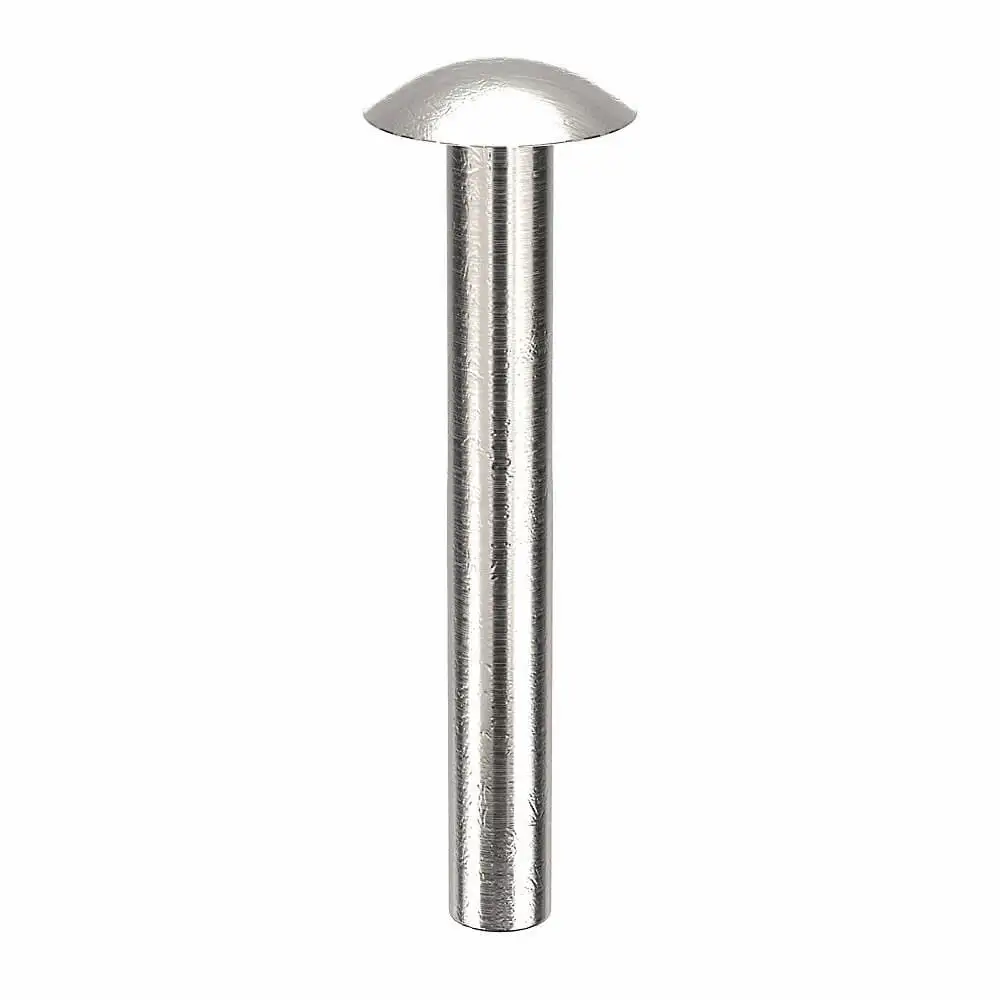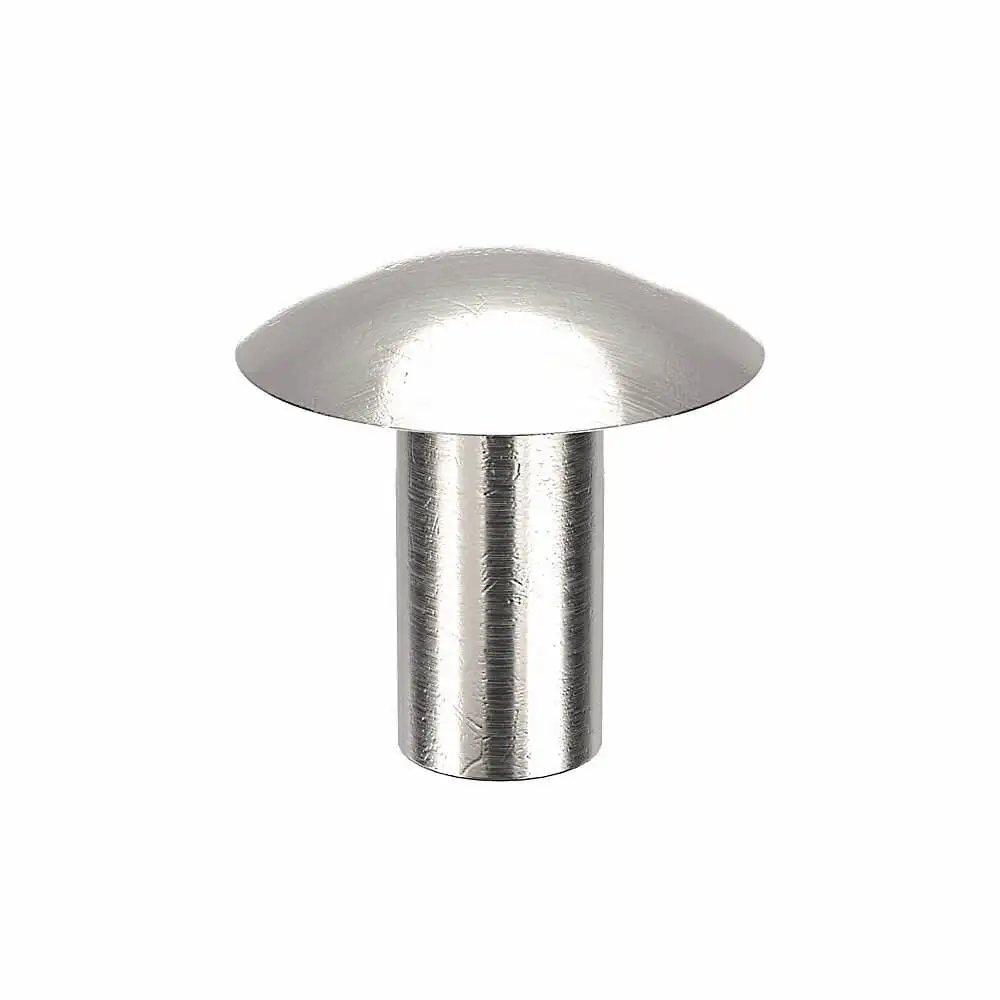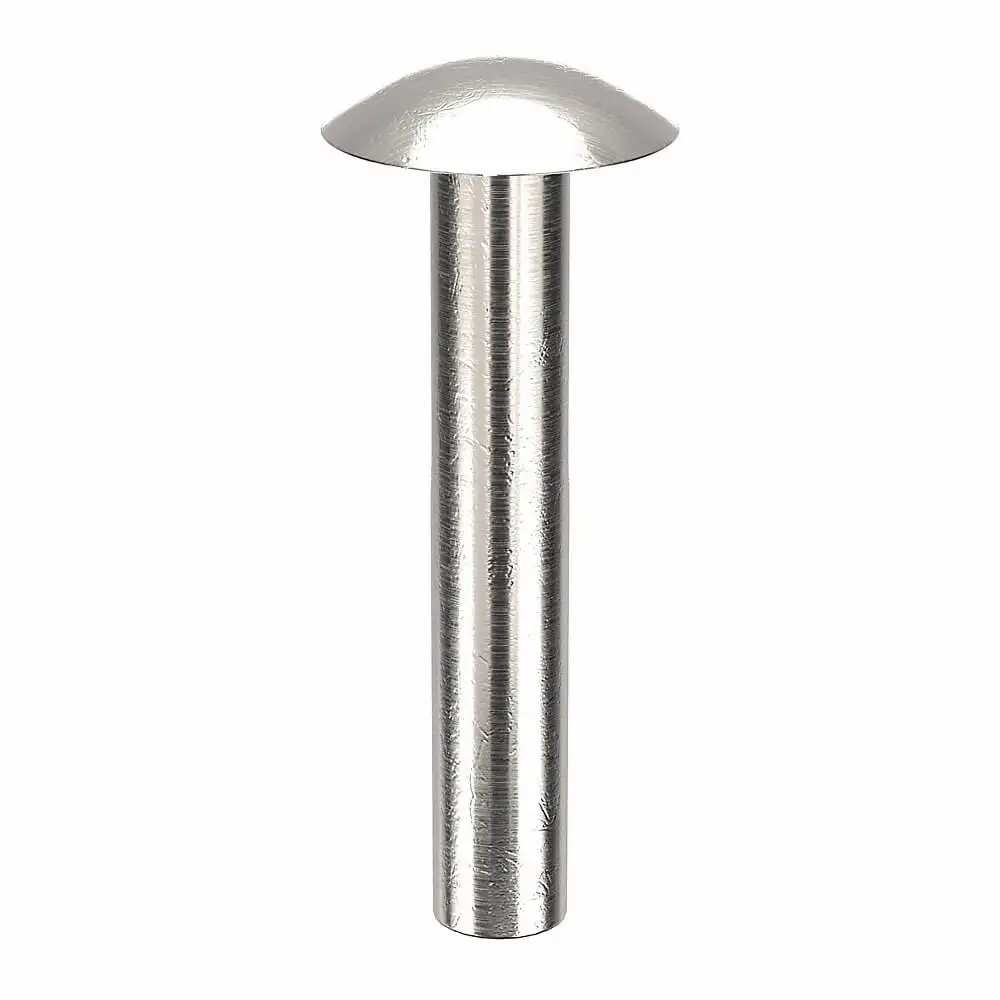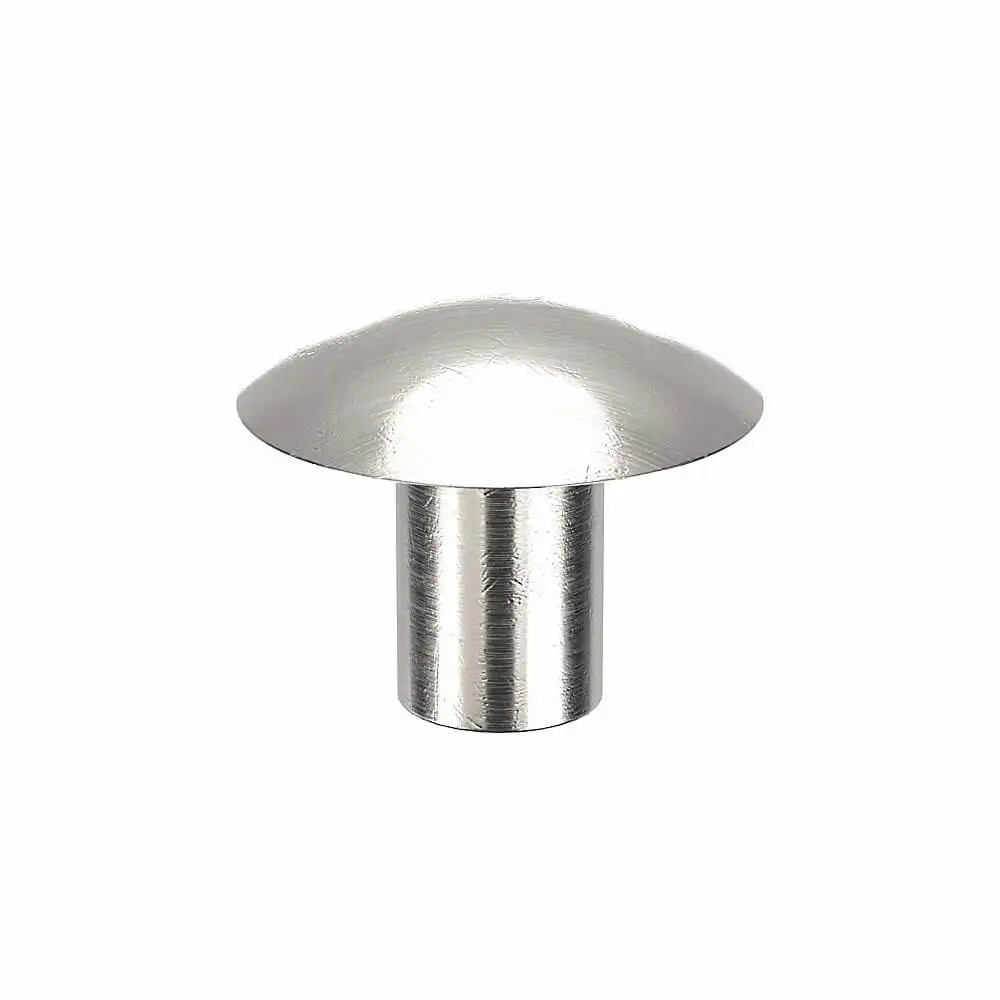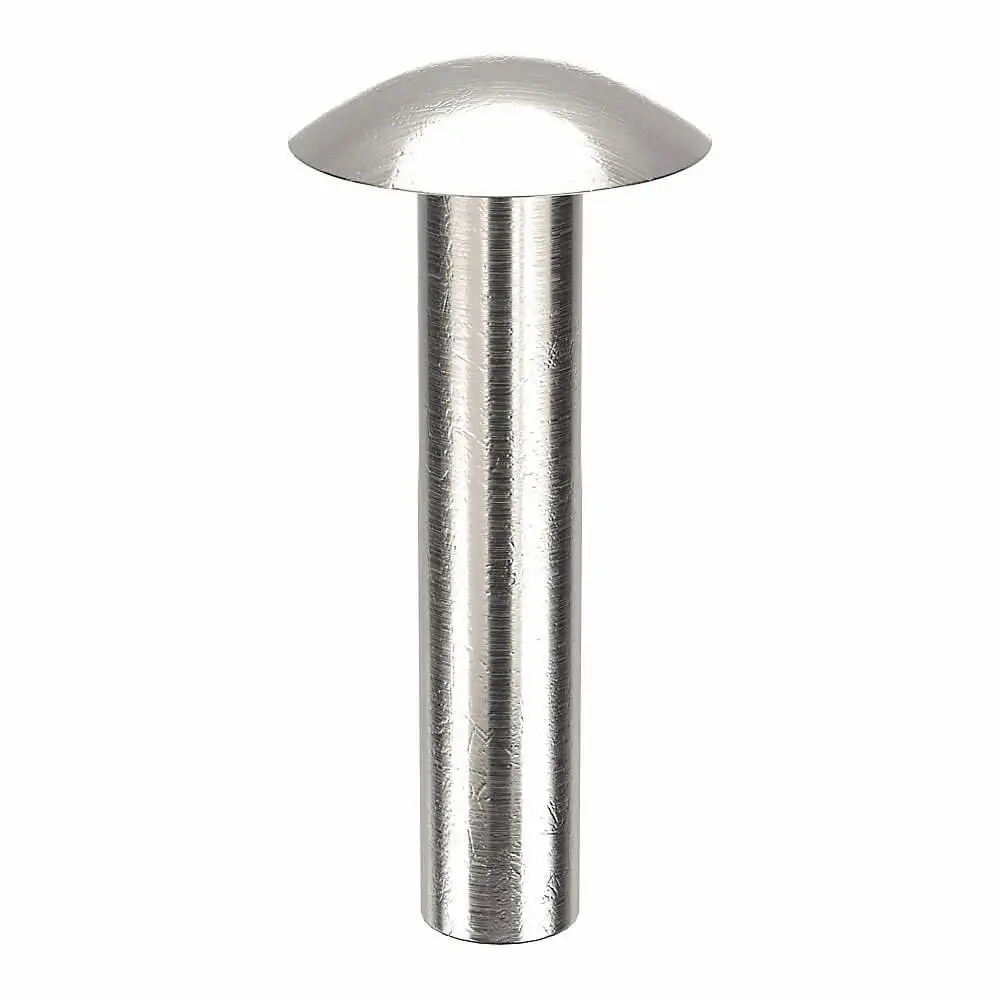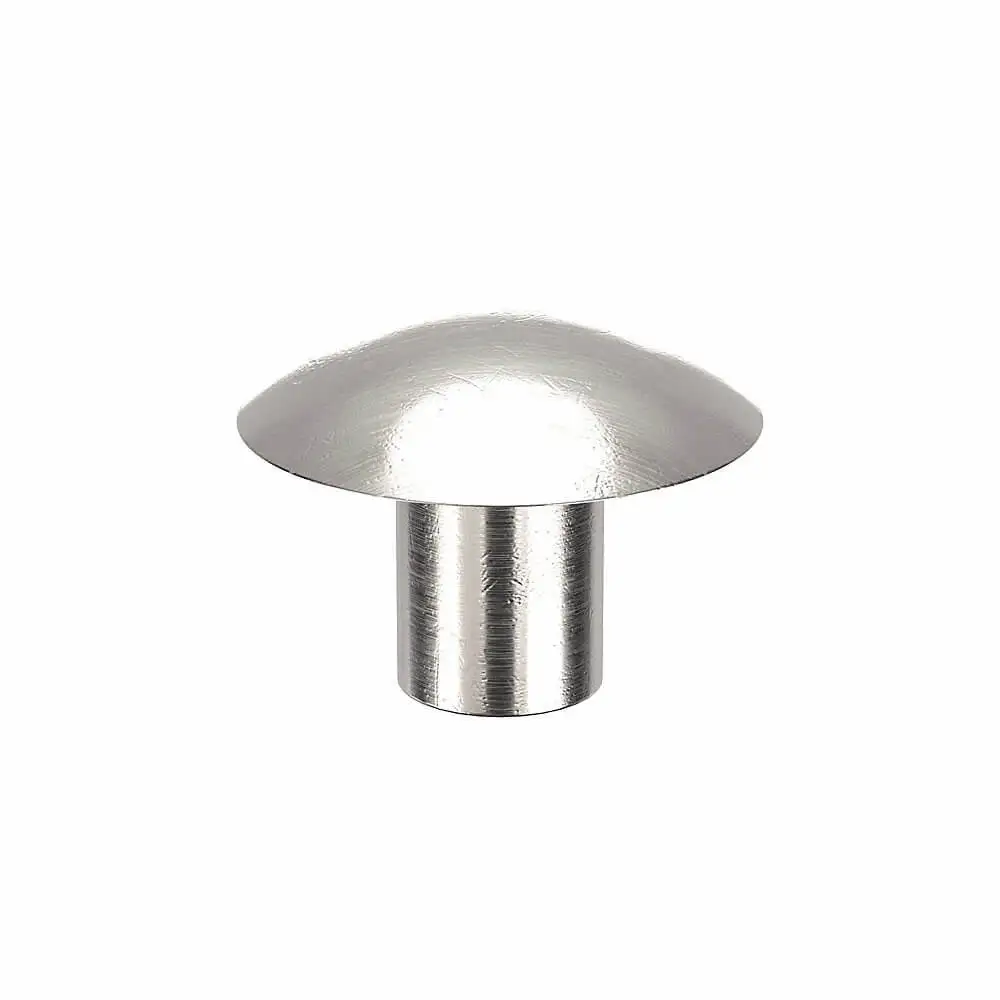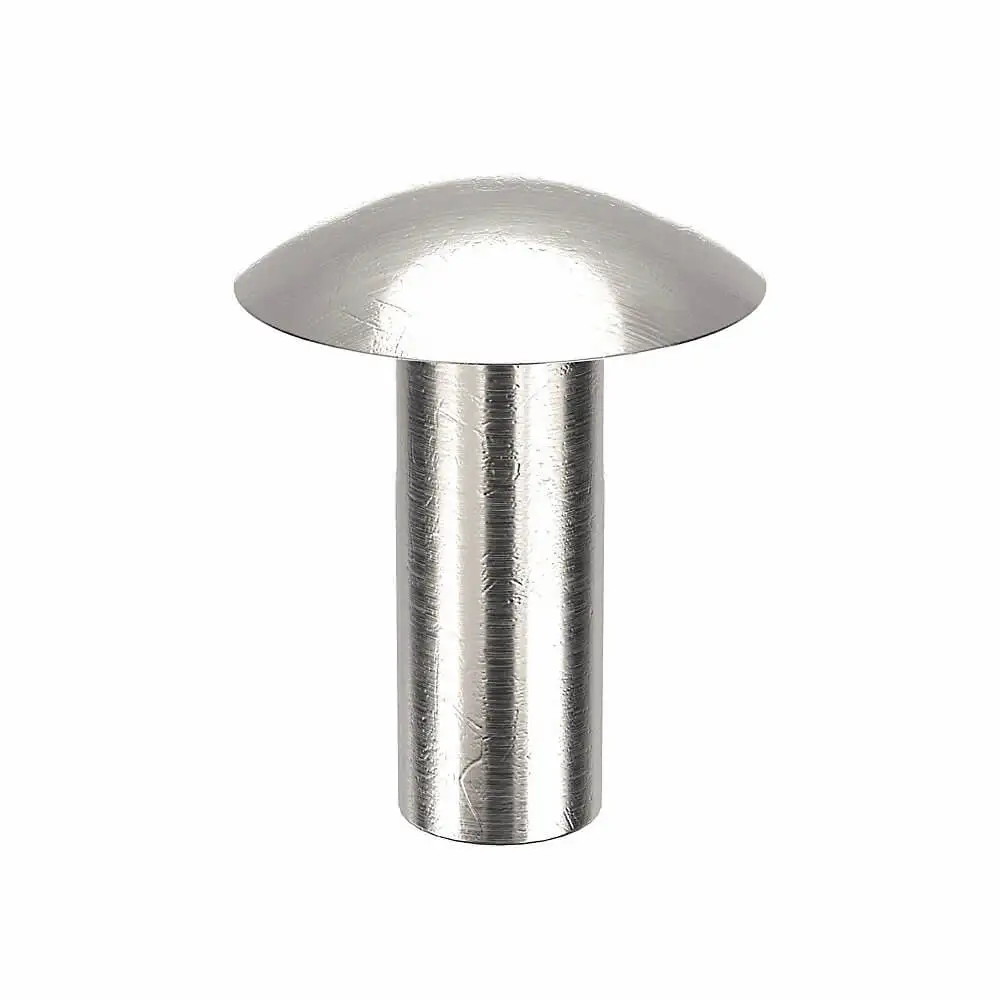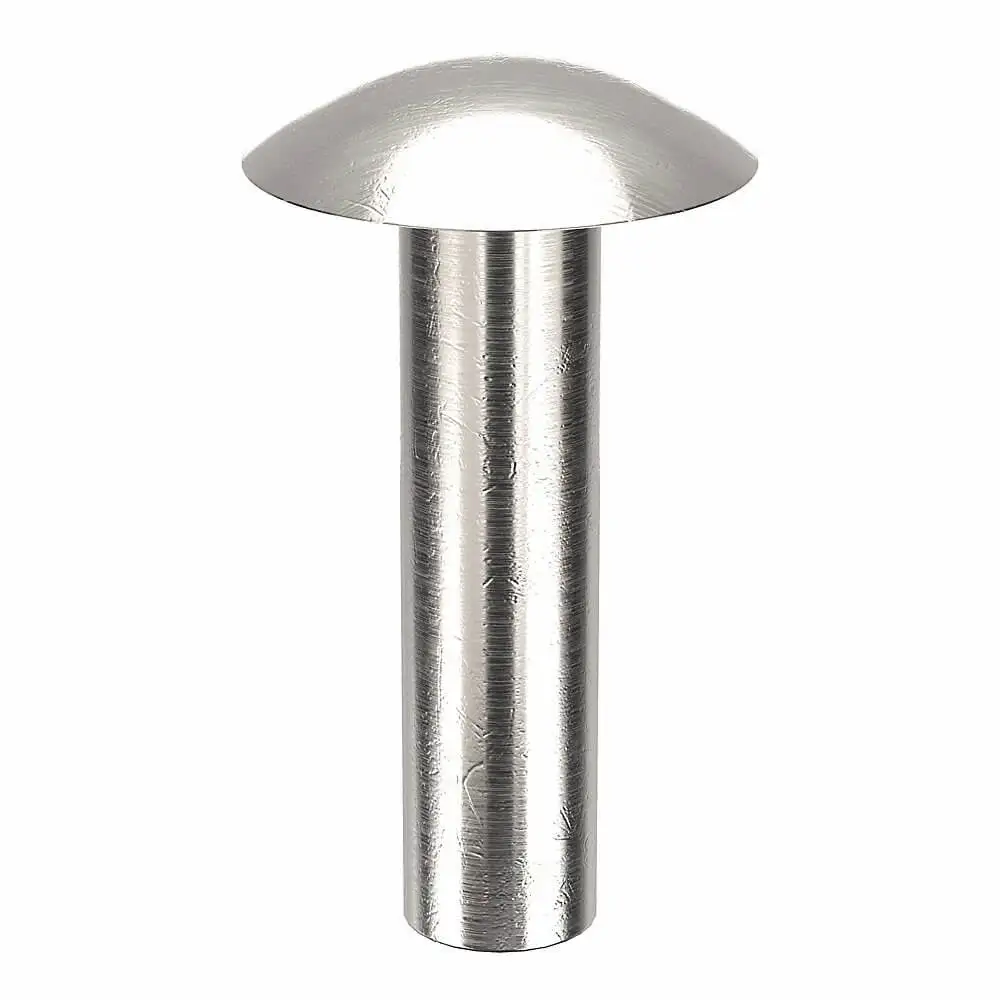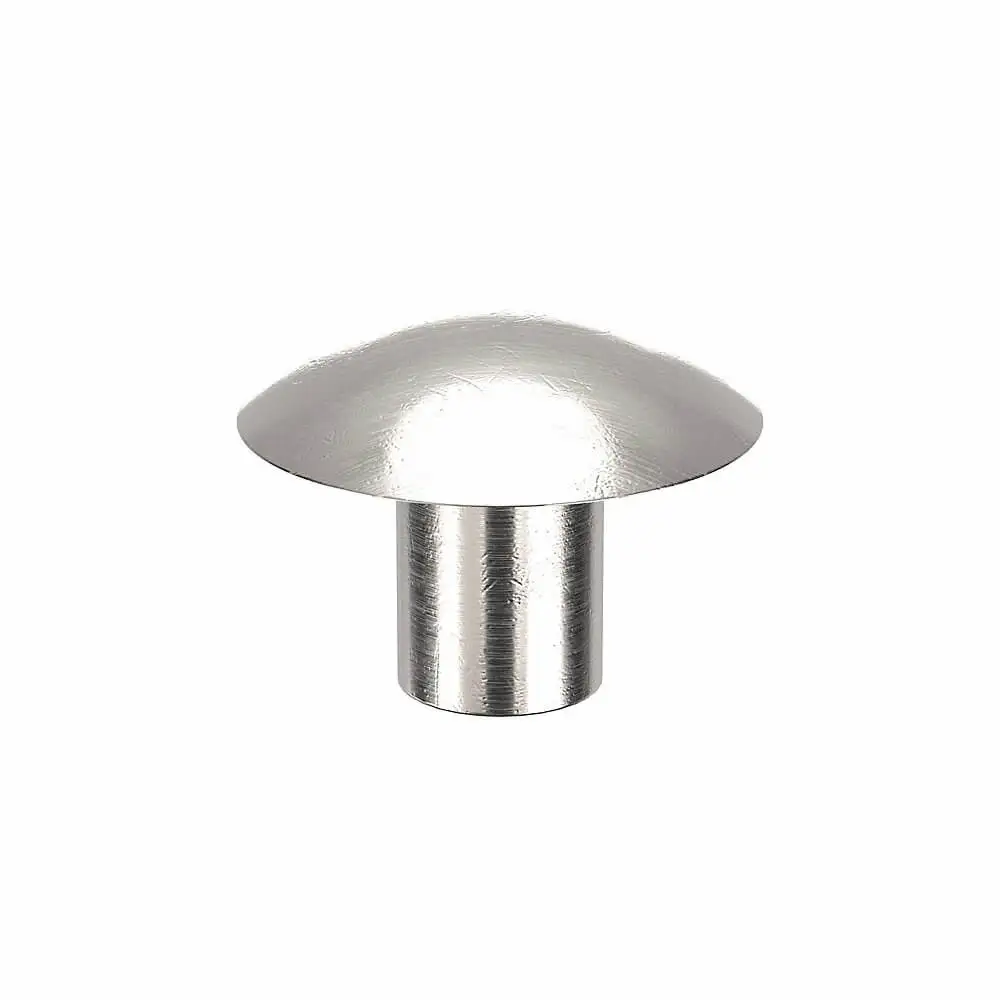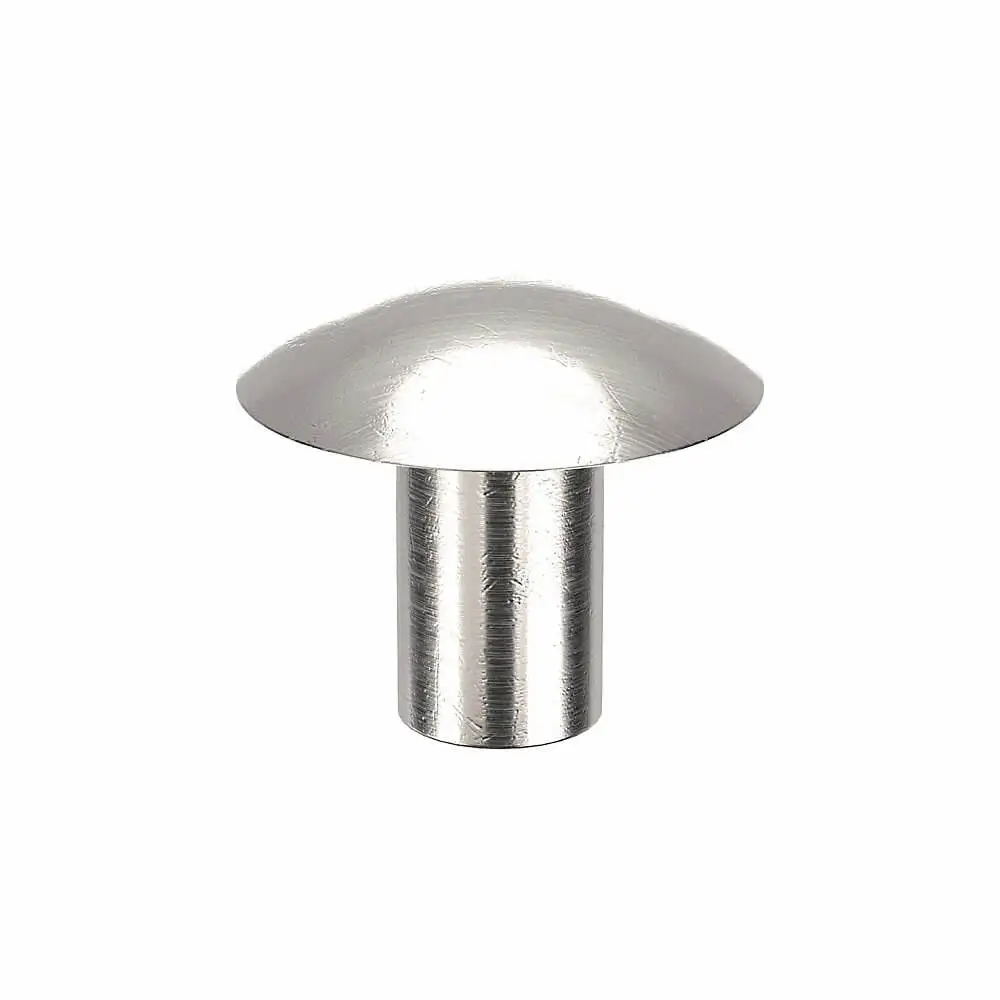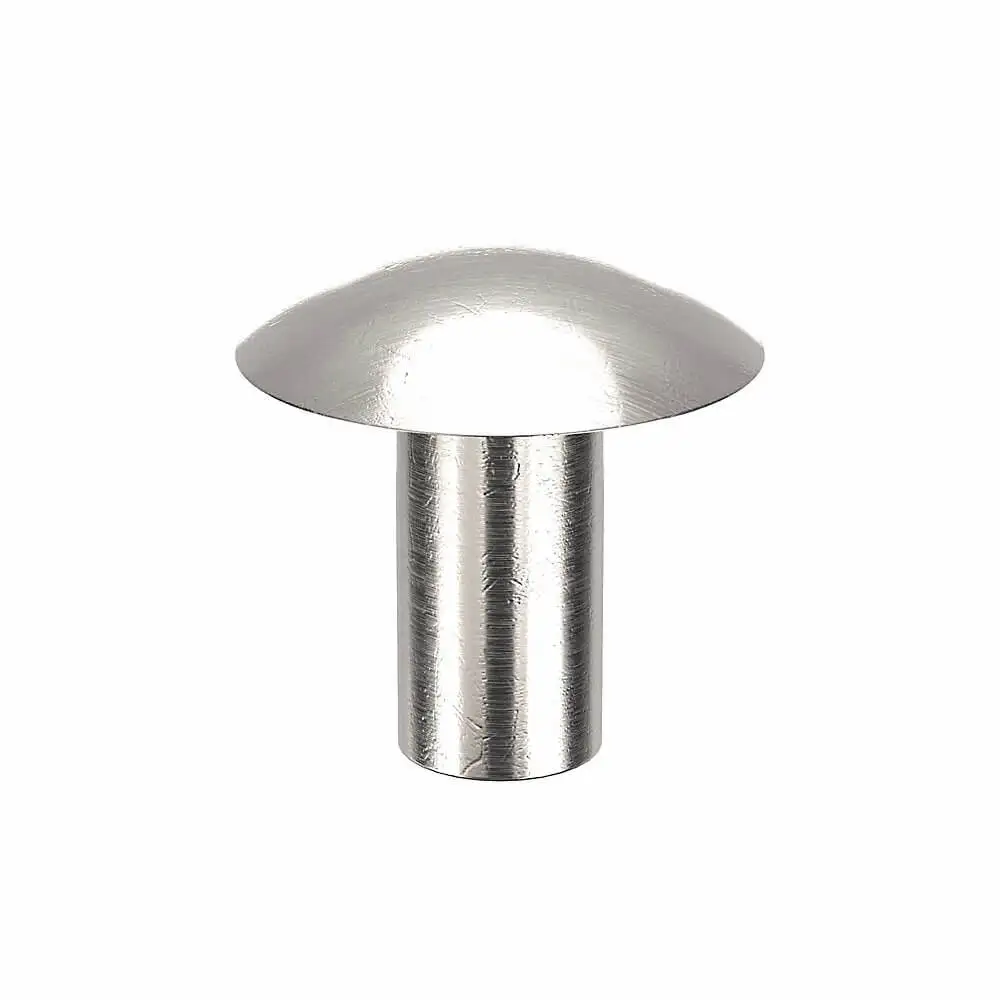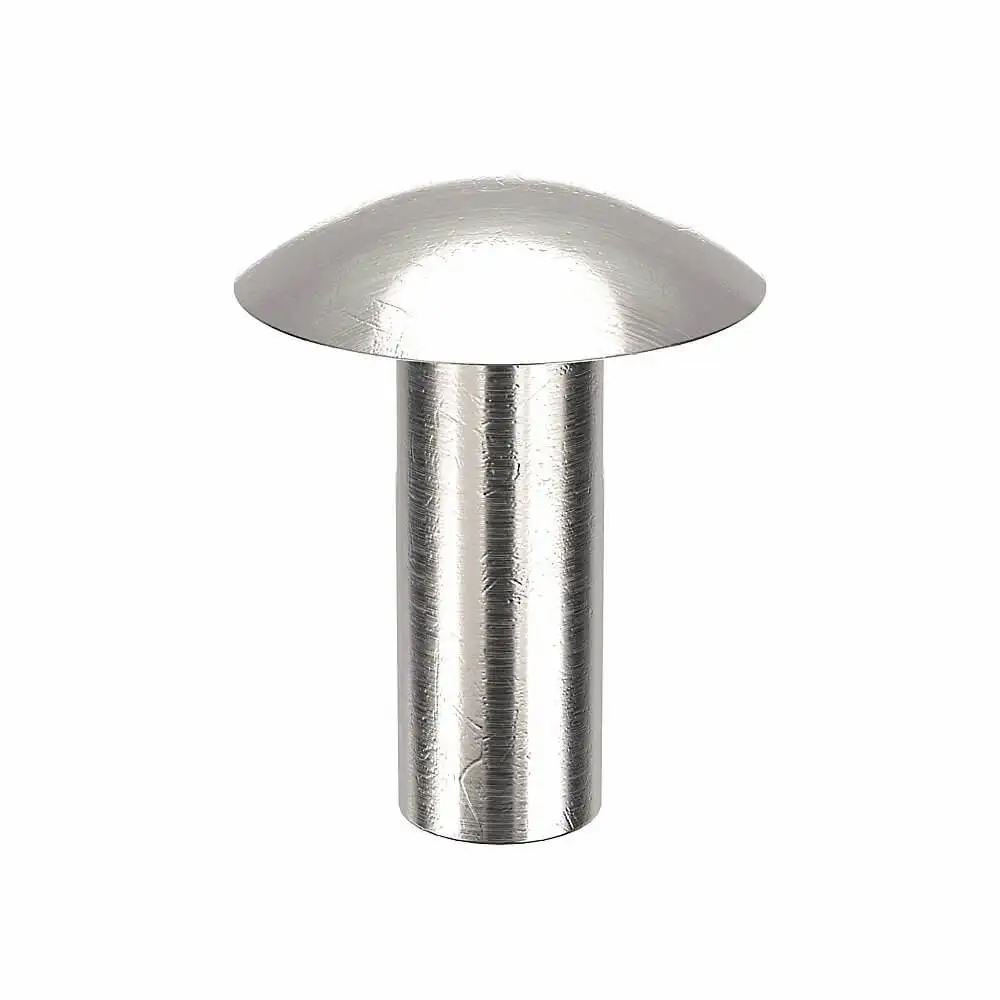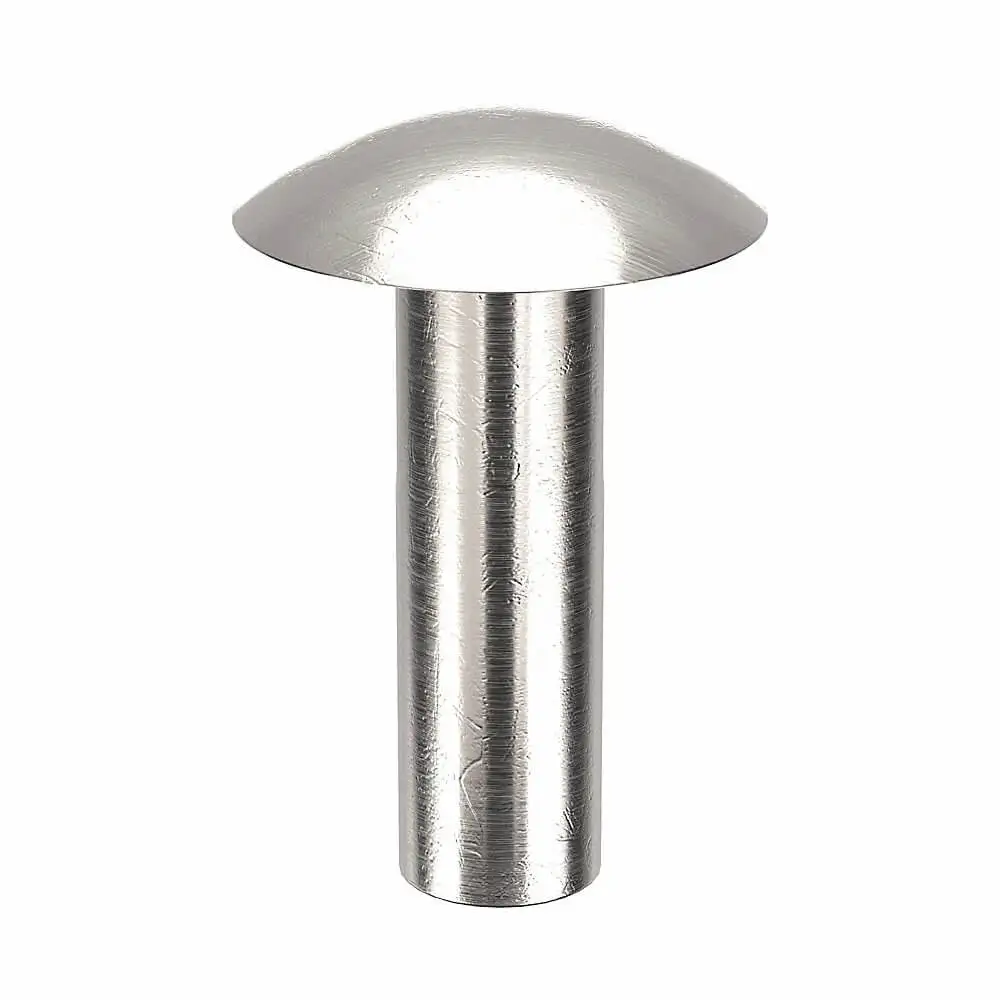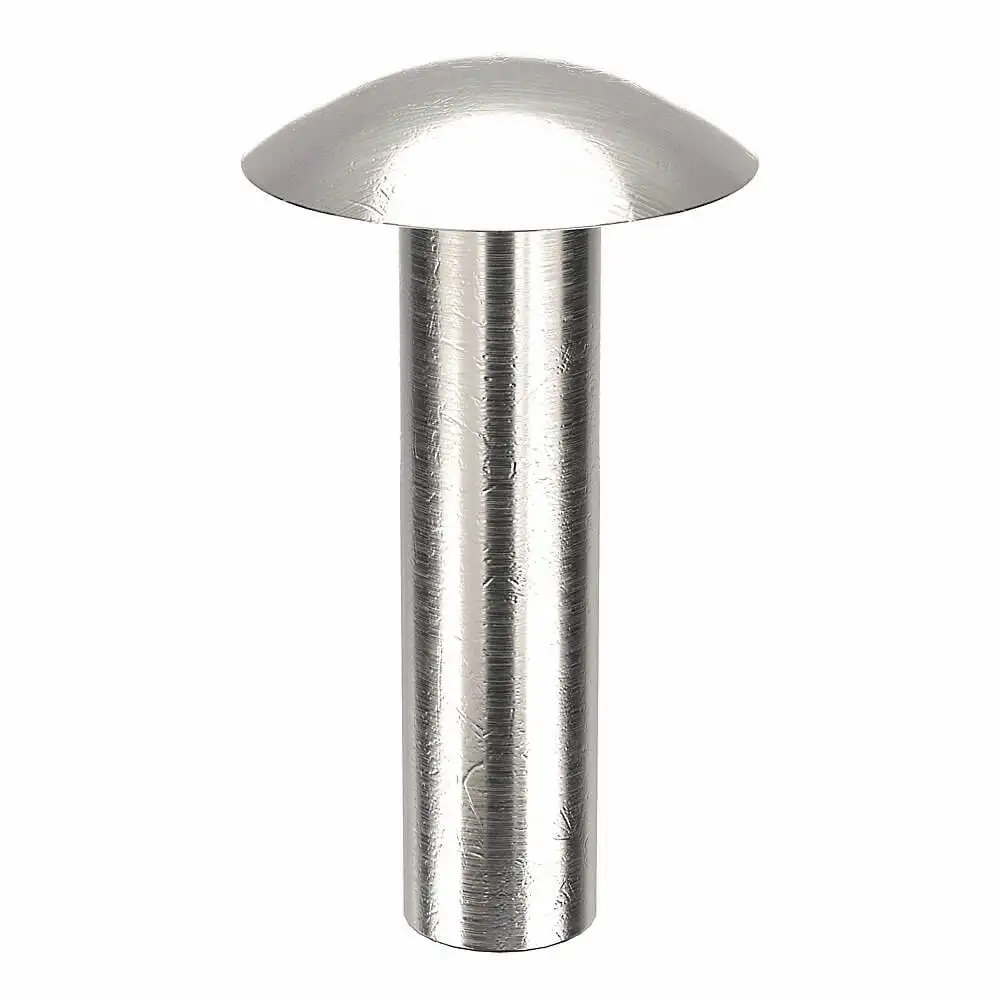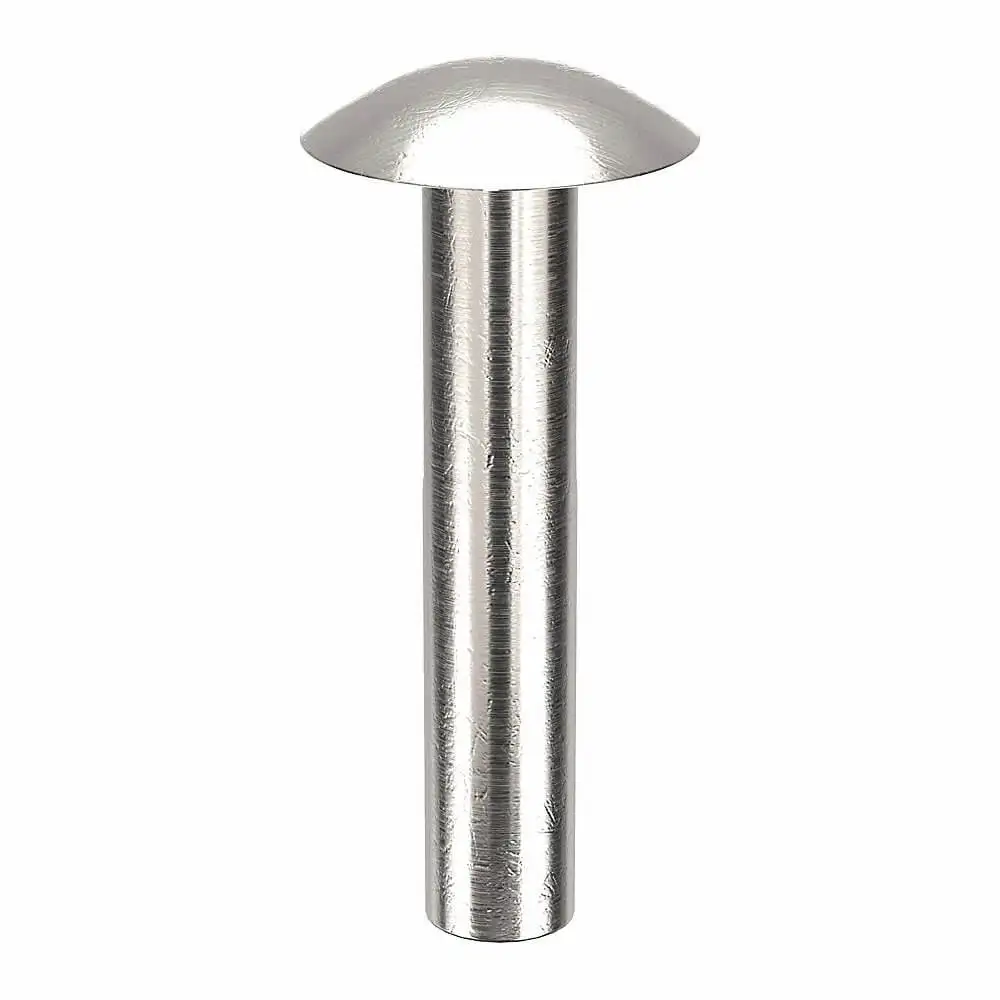Frequently Asked Questions
How are solid steel rivets installed?
- Drill holes in the materials to be joined with proper alignment.
- Insert the rivet into the pre-drilled holes.
What is the difference between a solid shank rivet and a semi-tubular rivet?
Solid shank rivets have a completely filled solid shaft, while semi-tubular rivets have a partially hollow shaft with a formed head on one end. Solid shank rivets provide higher strength and load-bearing capacity compared to semi-tubular rivets but require higher force for installation.
Can solid rivets be installed in confined or difficult-to-access spaces?
To install solid rivets in confined or difficult-to-access spaces, use blind rivets or rivet nuts where access to both sides of the joint is limited.
What safety precautions should be taken when working with solid rivets?
Safety goggles should be worn to protect the eyes from flying debris during rivet installation. Additionally, care should be taken to avoid accidentally striking fingers or hands with the rivet gun or other tools.
How are solid rivets installed?
To install solid rivets, drill matching holes in the materials to be joined, insert the rivets and then deform or set them with a rivet gun.
 £ GBPChange Country
£ GBPChange Country